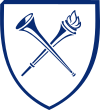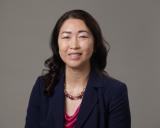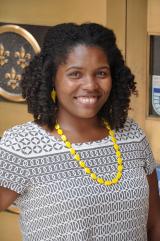When the Emory Unit Went to War
In 1917, U.S. Army Surgeon General William Gorgas called for the recruitment of medical personnel during World War I, just after the United States entered the war. The local group of 24 officers, 65 nurses, and 154 enlisted personnel trained for several months before being deployed to Blois, France in 1918. They were called the Emory Unit due to the large number of personnel who came from Emory University. During World War II, the unit was again called into service, this time serving in Algeria and France.
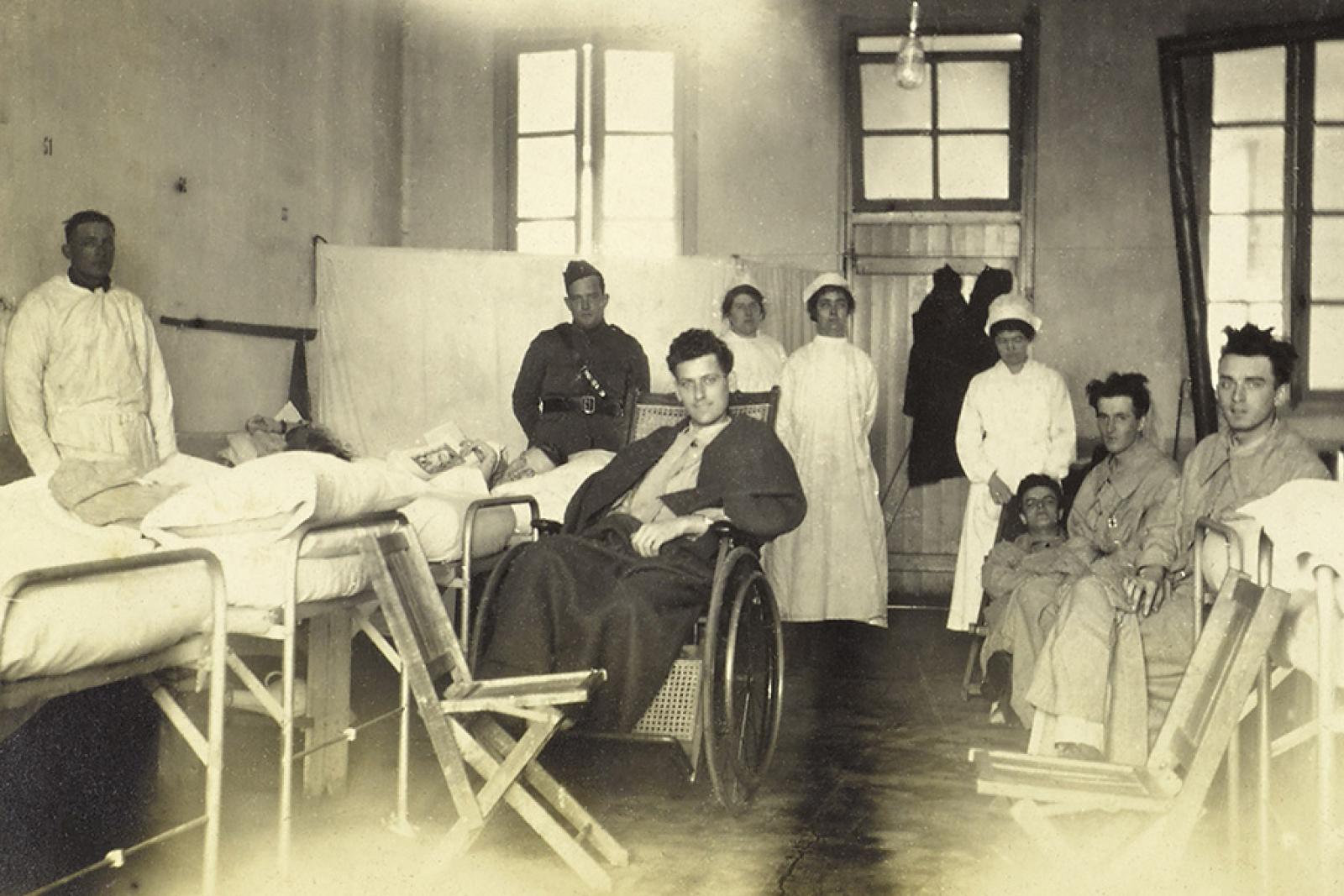
In 1917, U.S. Army Surgeon General William Gorgas called for the recruitment of medical personnel during World War I, just after the United States entered the war. The local group of 24 officers, 65 nurses, and 154 enlisted personnel trained for several months before being deployed to Blois, France in 1918. They were called the Emory Unit due to the large number of personnel who came from Emory University. During World War II, the unit was again called into service, this time serving in Algeria and France.
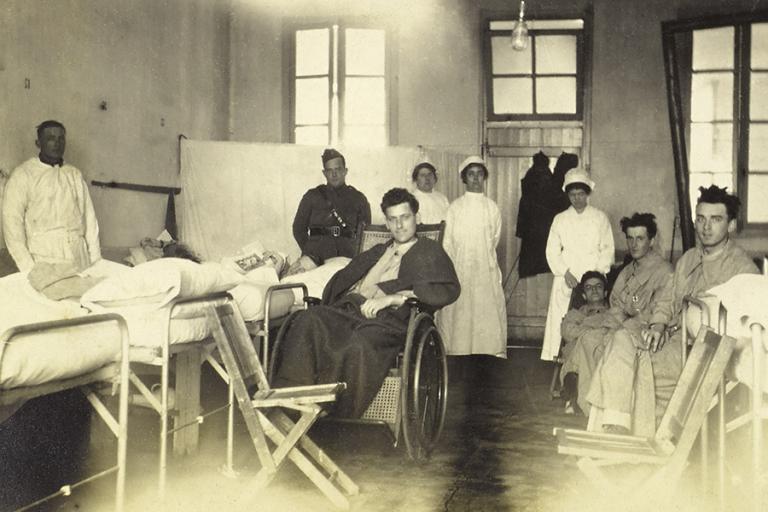
Weekdays: Free after 5pm | Weekends: Free
To Care for Others
Beginning with the Wesley Memorial Hospital Training School for Nurses in 1905, the school worked in partnership with the hospital, requiring that nurses reside in dormitories and maintain a strict dress code at all times. In the years that followed, Emory advanced from a small program with a graduating class of 10, to what is now recognized as a leading nursing school in the United States.
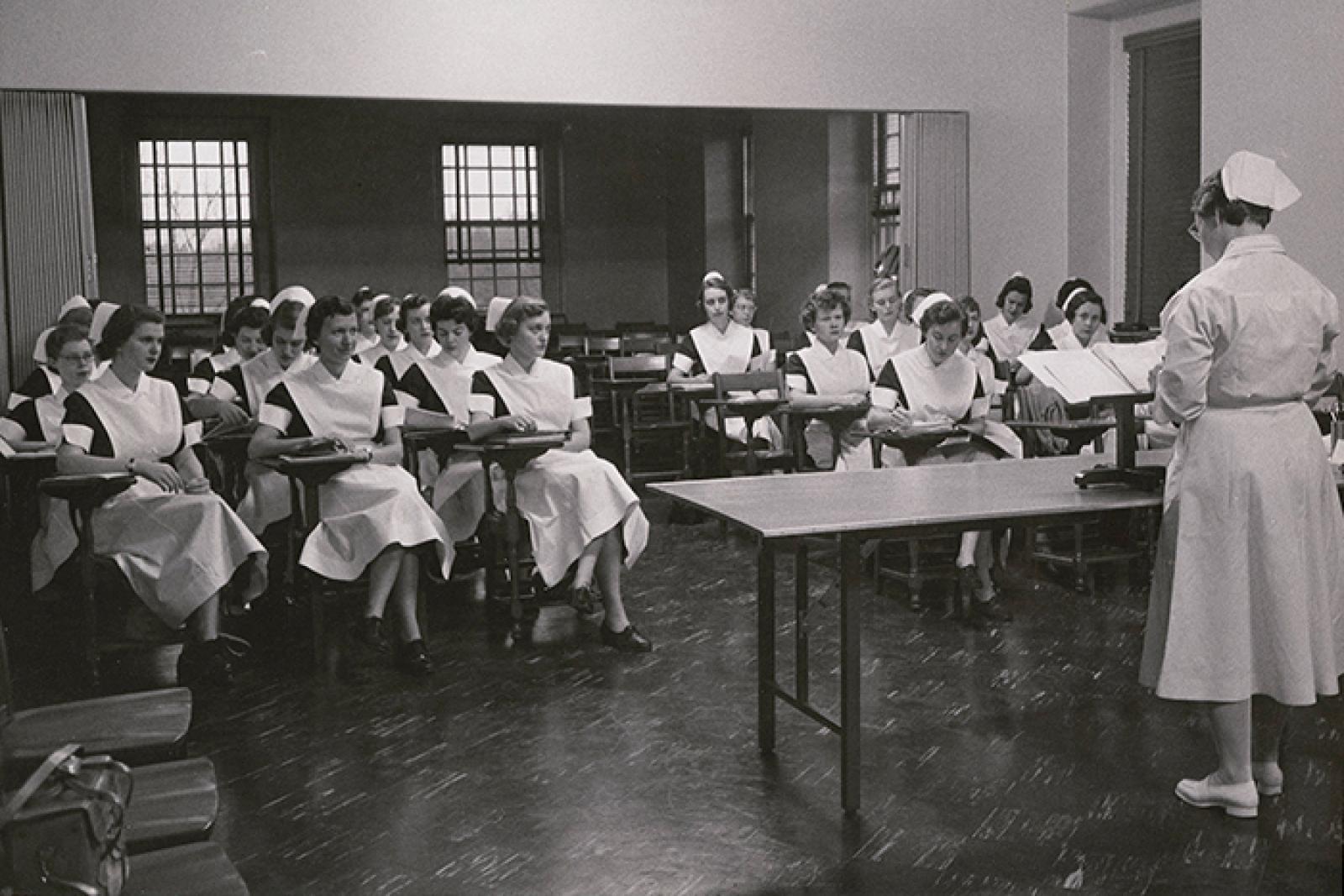
"This exhibition provides an Emory perspective of nursing from past to present, highlighting those who have shaped the program."
Beginning with the Wesley Memorial Hospital Training School for Nurses in 1905, the school worked in partnership with the hospital, requiring that nurses reside in dormitories and maintain a strict dress code at all times. In the years that followed, Emory advanced from a small program with a graduating class of 10, to what is now recognized as a leading nursing school in the United States.
As the Ebola virus outbreak in 2014 proved, Emory nurses play an integral part in collaborating and providing medical care to the global community. From Atlanta to the most remote areas around the globe, Emory nurses are at the frontlines of global health. The World Health Organization claims that nurses provide 90 percent of all health care services worldwide, indicating that nurses are the modern day heroes of global health.
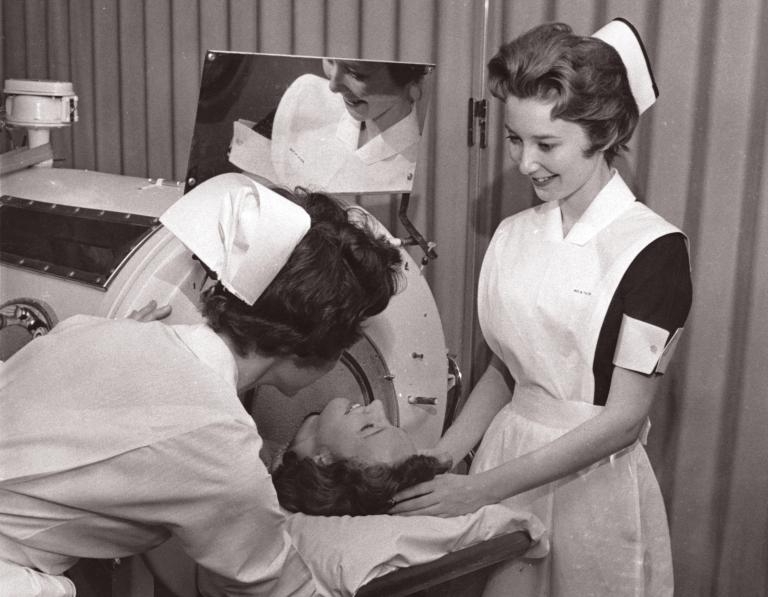
Weekdays: Free after 5pm | Weekends: Free
Pioneer of Vascular Surgery
Emory surgeon and professor Daniel C. Elkin, who became a leader in the vascular surgery field in the early- and mid- 20th century, is the subject of an exhibit at the Woodruff Health Sciences Center (WHSC) Library. Pioneer of Vascular Surgery: Daniel C. Elkin, MD, will focus on Elkin's life and his contributions to Emory University. Curated by WHSC Library archives specialist Clayton McGahee, the exhibit will feature materials drawn from the WHSC Library's special collections, including medical instruments, publications, teaching materials and photographs of Elkin.
From the 1930s leading into World War II, vascular surgery was advancing with rapid progress, and Daniel Elkin was at the forefront of this movement, McGahee says. Elkin's contributions to medicine and vascular surgery include repairing high-velocity injuries such as gunshot wounds and successfully treating an abdominal aortic aneurysm by ligation.
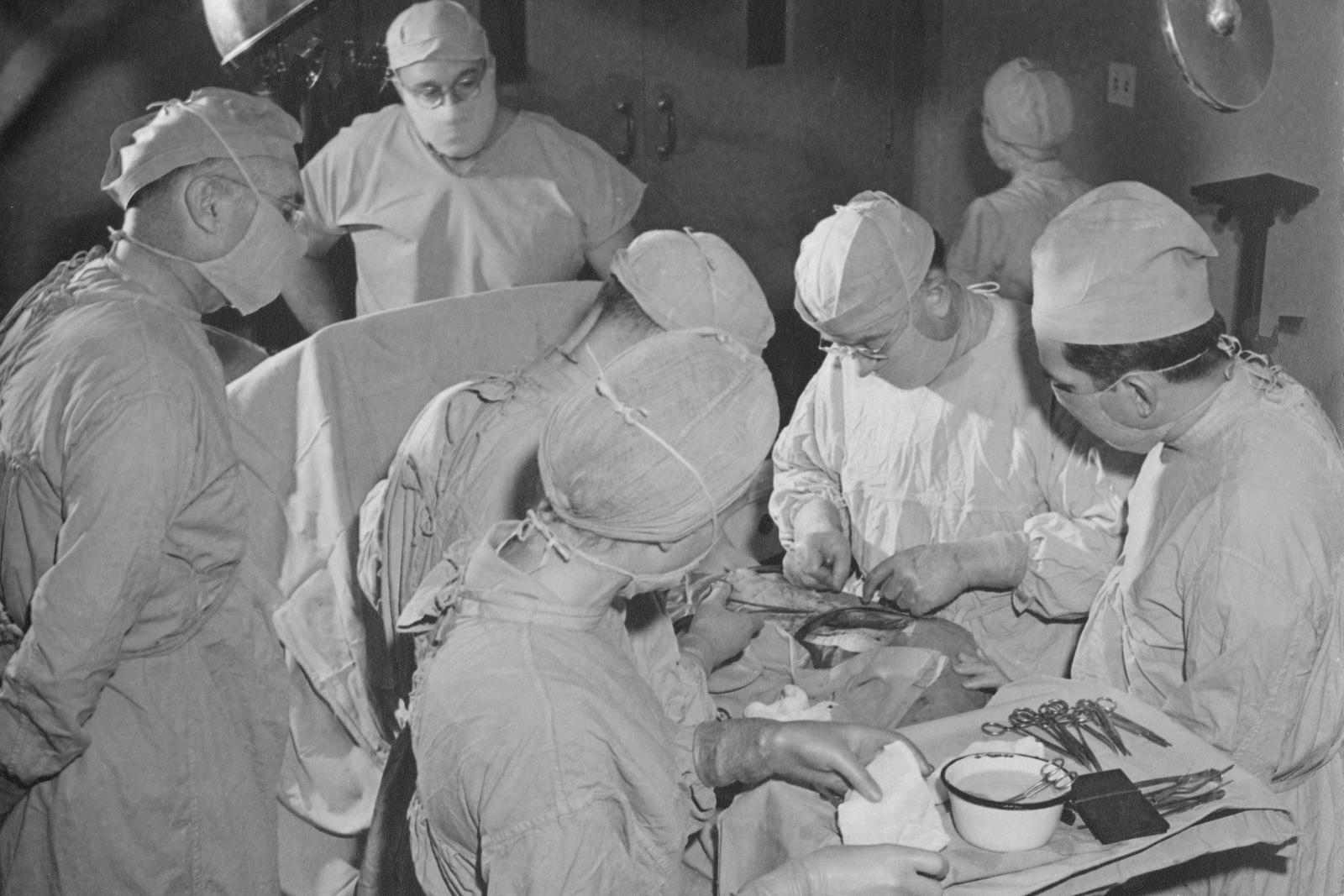
"From the 1930s leading into World War II, vascular surgery was advancing with rapid progress, and Daniel Elkin was at the forefront of this movement."
Emory surgeon and professor Daniel C. Elkin, who became a leader in the vascular surgery field in the early- and mid- 20th century, is the subject of an exhibit at the Woodruff Health Sciences Center (WHSC) Library. “Pioneer of Vascular Surgery: Daniel C. Elkin, MD” will focus on Elkin’s life and his contributions to Emory University. Curated by WHSC Library archives specialist Clayton McGahee, the exhibit will feature materials drawn from the WHSC Library’s special collections, including medical instruments, publications, teaching materials and photographs of Elkin.
“From the 1930s leading into World War II, vascular surgery was advancing with rapid progress, and Daniel Elkin was at the forefront of this movement,” McGahee says. Elkin’s contributions to medicine and vascular surgery include repairing high-velocity injuries such as gunshot wounds and successfully treating an abdominal aortic aneurysm by ligation.
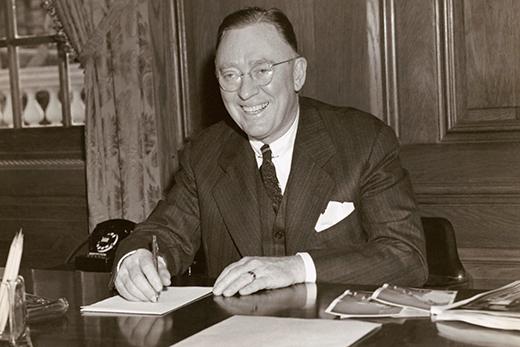
Weekdays: Free after 5pm | Weekends: Free
Explore Further
Medical Treasures at Emory
This exhibit features materials from the WHSCL's historical collections, which include 18th- and 19th-century works on human anatomy, pathology, surgery, midwifery and alternative medical practices.
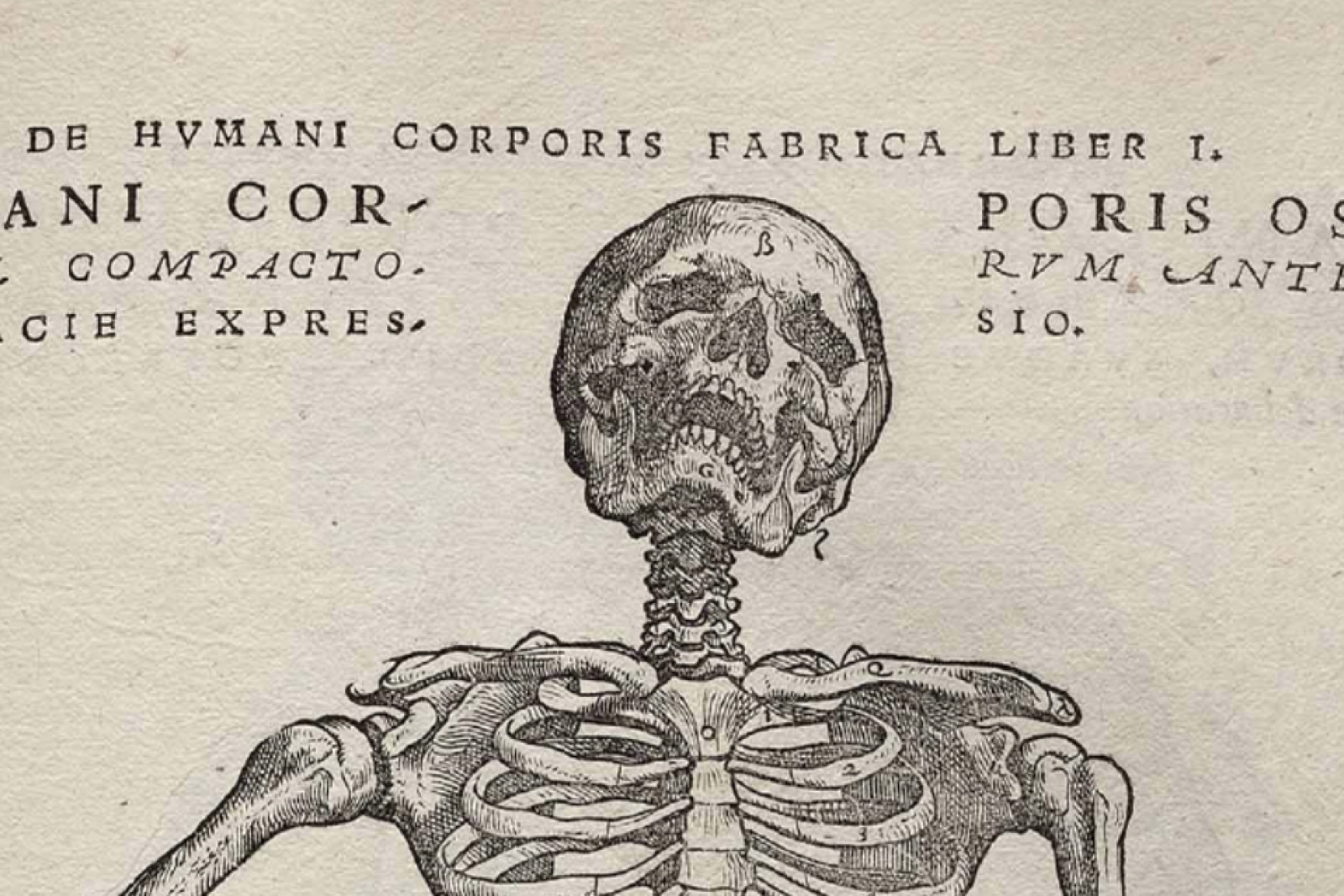
"Emory has some really remarkable books and artifacts on the history of medicine, especially from the 1800s, when modern medicine got its start." — Robert Gaynes, MD
This exhibit features materials from the WHSCL's historical collections, which include 18th- and 19th-century works on human anatomy, pathology, surgery, midwifery and alternative medical practices. Curated by Dr. Robert Gaynes, the books and items displayed provide a reminder of the days when doctors had a rudimentary understanding of human anatomy, performed surgery without antiseptic and used primitive forms of anesthesia for operations and dental work.
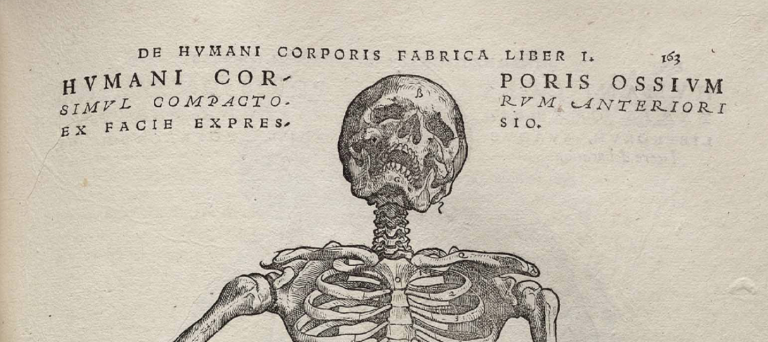
Weekdays: Free after 5pm | Weekends: Free
Explore Further
History of Teaching Medicine at Emory
Founded in 1854, Emory's medical college is an institution that has progressed with technology and time. 'History of Teaching Medicine at Emory' uses professor, department and student stories to illustrate the complex relationship between Emory's medical school and that history. Examining everything from early studies of human anatomy to modern strides in the field of cardiology, this exhibition connects tomorrow's progress to its foundational beginnings.
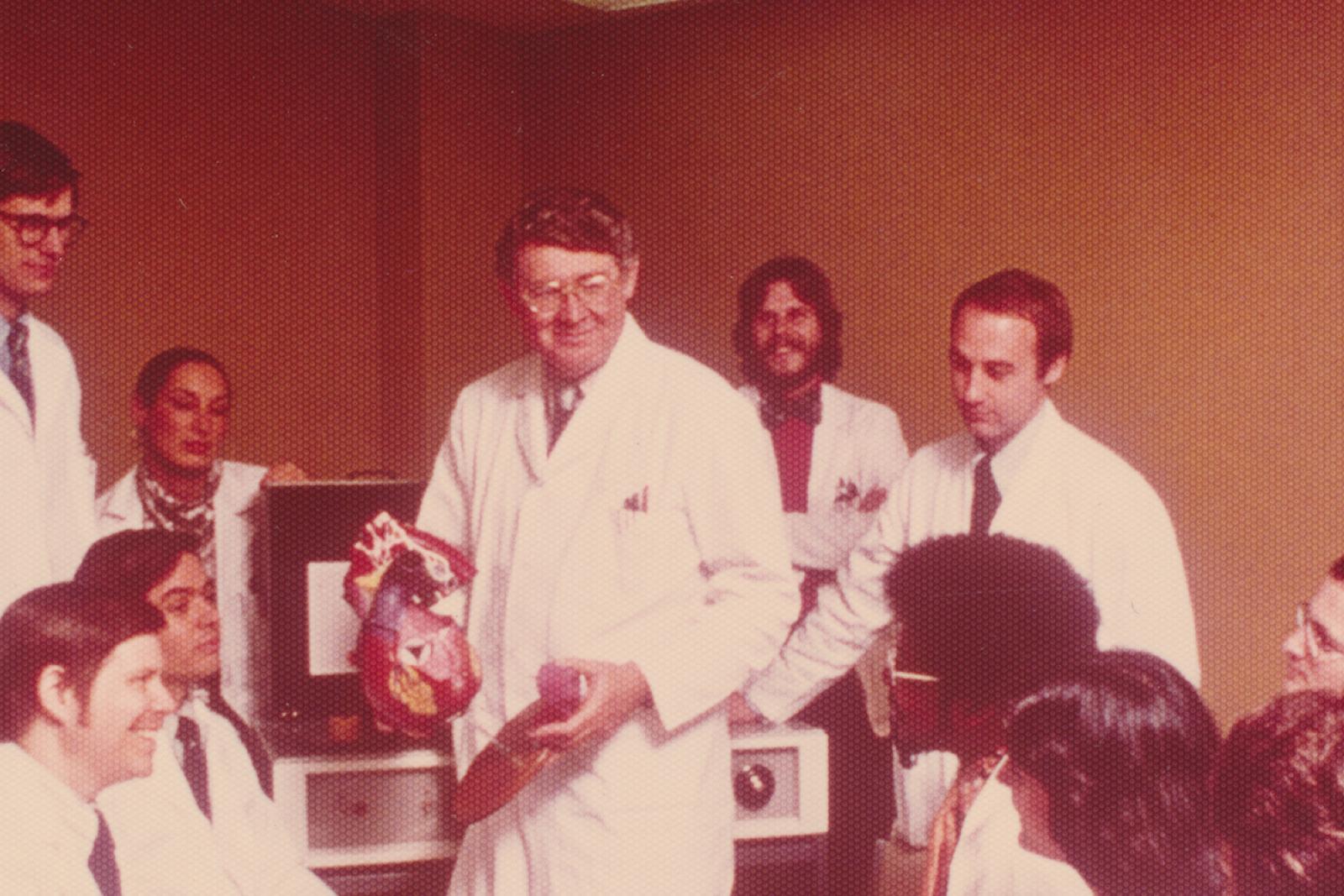
"...this exhibition connects tomorrow's progress to its foundational beginnings...."
Founded in 1854, Emory's medical college is an institution that has progressed with technology and time. "History of Teaching Medicine at Emory" uses professor, department and student stories to illustrate the complex relationship between Emory's medical school and that history. Examining everything from early studies of human anatomy to modern strides in the field of cardiology, this exhibition connects tomorrow's progress to its foundational beginnings.
The exhibition is drawn from the Woodruff Health Sciences Center Library's collections, including the Emory School of Medicine records, 1916 - 2016. On view are photographs, textbooks, medical instruments, and other memorabilia.

Weekdays: Free after 5pm | Weekends: Free
